
ЛОНДОН - Air India (AI), принадлежащая Tata Group, официально приостановит все операции в лондонском аэропорту Гатвик (LGW) с августа 2025 года.
В последние недели авиакомпания уже прекратила полеты в Амритсар (ATQ) и Гоа (GOX). Этот последний шаг знаменует собой полный отказ от LGW, затрагивающий услуги, включая маршрут Ахмедабад (AMD), сообщает блогер Ravreet Singh.
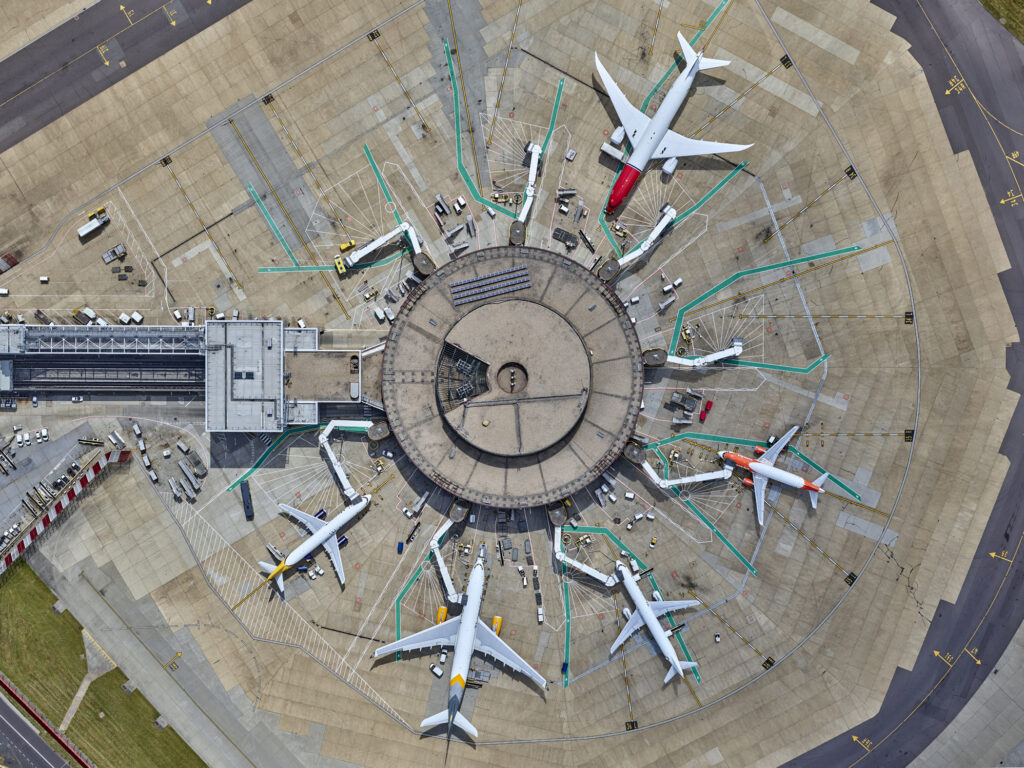 Фото: London Gatwick
Фото: London GatwickAir India Выход из Лондона Гатвик
Air India (AI) консолидирует свои операции в Лондоне, передав маршрут Ахмедабад-Гатвик в лондонский аэропорт Хитроу (LHR).
С августа 2025 года новый сервис Heathrow будет работать три раза в неделю. В результате на маршруте Бенгалуру (BLR) в Хитроу будет наблюдаться снижение частоты, снижаясь с ежедневной до четырех раз в неделю.
Этот сдвиг является частью более широкой стратегической перестройки, вызванной продолжающейся нехваткой самолетов. Несколько Boeing 787 Dreamliner остаются на земле, что вынуждает авиакомпанию сокращать частоты и маршруты по своей международной сети, особенно в Европе и Северной Америке.
Услуги Amritsar (ATQ) и Goa (GOX), первоначально запущенные для обслуживания диаспоры и отдыха, будут приостановлены до конца летнего расписания 2025 года, которое продлится до 25 октября 2025 года.
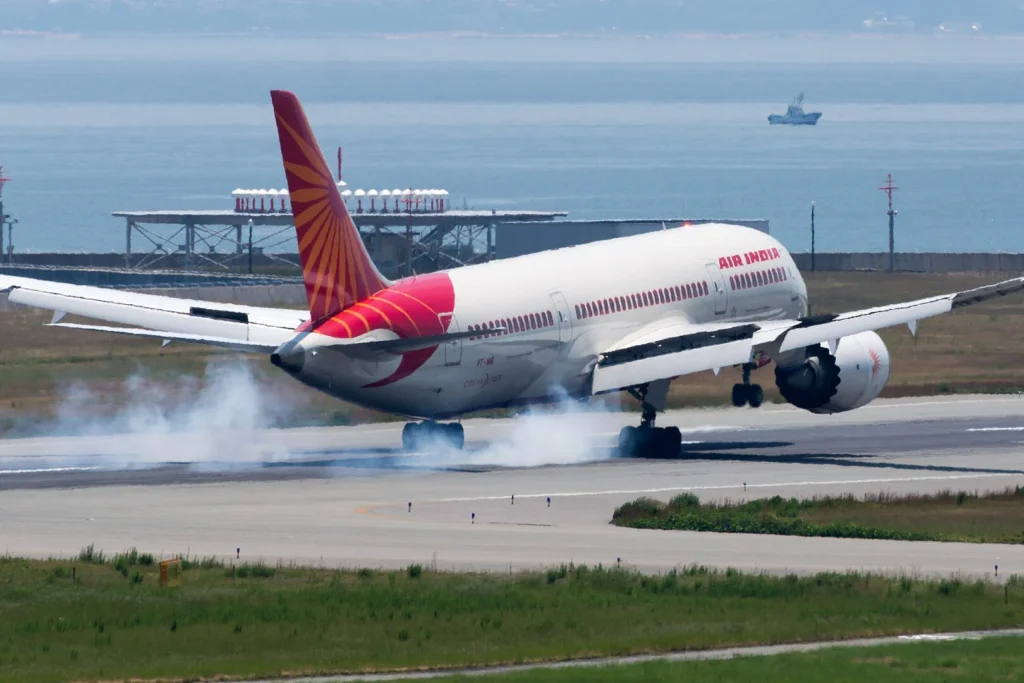 Фото: Lasta29 - Air India, B787-8 Dreamliner, VT-ANR, CC BY 2.0, https://commons.wikimedia.org/w/index.php?curid=40687689
Фото: Lasta29 - Air India, B787-8 Dreamliner, VT-ANR, CC BY 2.0, https://commons.wikimedia.org/w/index.php?curid=40687689Ограничения возможностей и стратегическая консолидация
Уход Air India из Гатвика согласуется с ее более широким планом по оптимизации операций и улучшению управления ограниченными ресурсами.
Предпочтение Хитроу по сравнению с Гатвиком, вероятно, отражает множество операционных преимуществ, включая лучшую связь, более высокую доходность и эффективность затрат за счет консолидации.
Ограничения воздушного пространства Пакистана продолжают влиять на маршруты полетов в восточном направлении, особенно на рейсы из Амритсара (ATQ). Эти более длинные маршруты увеличивают расход топлива и стоимость, еще больше подрывая жизнеспособность услуг на базе Гатвика.
Решение авиакомпании покинуть Гатвик происходит в то время, когда она оптимизирует свою сеть вокруг основных хабов - Дели (DEL) и Мумбаи (BOM). Пока не будут введены новые широкофюзеляжные самолеты, эта стратегия позволяет Air India поддерживать качество обслуживания и оперативную стабильность на более важных маршрутах.
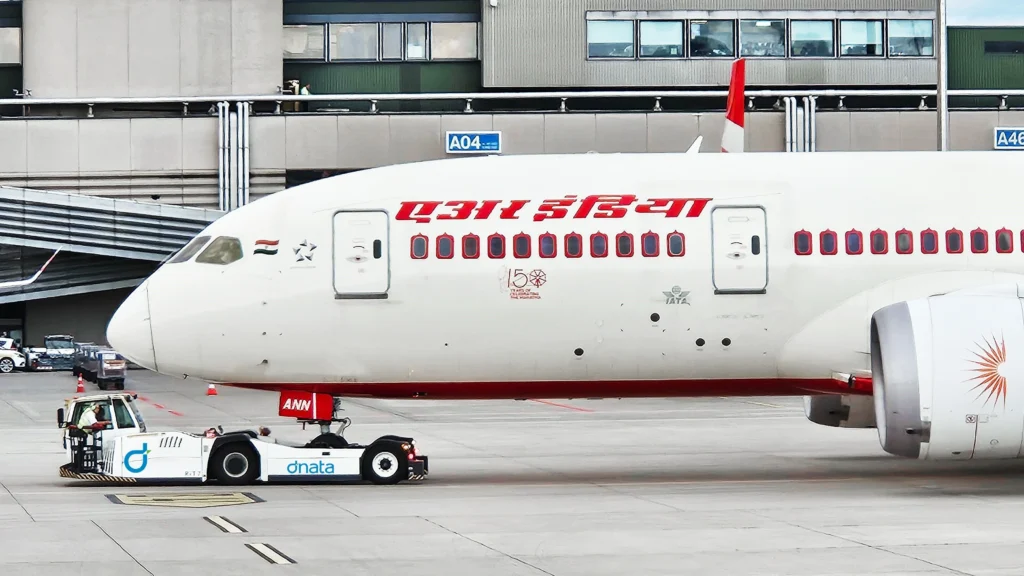 Фото: Дната
Фото: ДнатаБудущее в Гатвике Неопределенное
Хотя Air India не подтвердила, вернется ли она в Гатвик к зимнему графику 2025 года, отраслевые наблюдатели предполагают, что возвращение маловероятно в ближайшей перспективе.
Маршруты, которые исторически обслуживались из Ахмедабада (AMD), Амритсара (ATQ) и Гоа (GOX), были классифицированы как более низкие урожаи, что делает их менее привлекательными в условиях текущих ограничений ресурсов.
Авиакомпания, по-видимому, уделяет приоритетное внимание прибыльности, операционной эффективности и международной конкурентоспособности. Любой потенциальный возврат в Гатвик может зависеть от значительного расширения флота и изменений в геополитической динамике или динамике воздушного пространства.
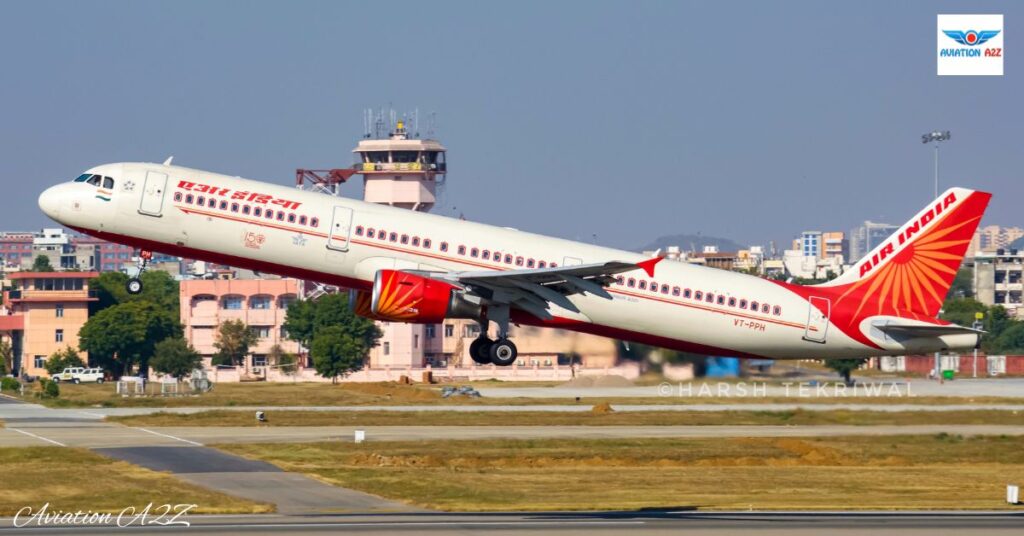 Фото: avgeekwithlens/Harsh Tekriwal
Фото: avgeekwithlens/Harsh TekriwalСтратегическая логика позади движения
Выход Air India из лондонского Гатвика (LGW) является разумным сетевым решением, учитывая, что приостановленные маршруты - Ахмедабад (AMD), Амритсар (ATQ) и Гоа (GOX) - являются полностью точечными по своей природе.
Этим городским парам не хватает высокодоходного соединительного трафика, который оправдывает дальнемагистральные операции, когда доступность самолетов ограничена. Перемещение наземных Boeing 787-8 для модернизации отдельных маршрутов Airbus A321 в Юго-Восточной Азии может быть более эффективным использованием ресурсов широкого спектра.
Такие направления, как Гонконг (HKG), Сингапур (SIN), Хошимин (SGN) и Ханой (HAN), могут извлечь выгоду из увеличения грузоподъемности и повышения комфорта пассажиров при одновременном устранении текущих ограничений полезной нагрузки.
С точки зрения сетевого планирования этот шаг давно назрел и отражает более рациональную, централизованную стратегию под руководством TATA Group. Однако долгосрочный международный авиационный потенциал Индии не может полагаться только на Air India (AI).
Несмотря на модернизацию флота и расширение маршрутов, иностранные перевозчики продолжают доминировать в международных воздушных перевозках в Индию и из Индии, сохраняя постоянную долю рынка в 55-60% за последние три года.
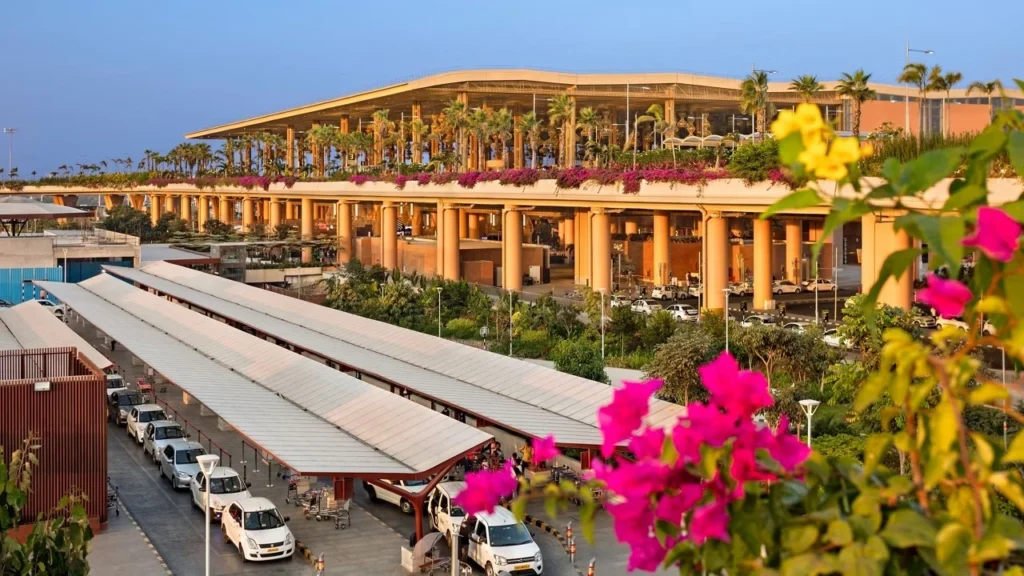 Фото: Air India
Фото: Air IndiaНужно больше хабов
Для устранения этого дисбаланса Индии необходимо, по крайней мере, три конкурентоспособных в глобальном масштабе оператора полного спектра услуг, каждый из которых связан с крупным хабом — Дели (DEL), Мумбаи (BOM) и Бенгалуру (BLR).
Эти города являются не только географическими воротами, но и коммерческими и культурными центрами, способными поддерживать сети хабов.
Такие модели позволяют авиакомпаниям оптимизировать операции, снизить удельные затраты и расширить возможности подключения, даже если это требует от пассажиров принятия пересадок в обмен на лучший глобальный охват.
В дополнение к трем основным хабам такие аэропорты, как Ченнай (MAA), Хайдарабад (HYD) и Калькутта (CCU), обладают неиспользованным потенциалом. Например, Air India в настоящее время использует CCU в качестве технической остановки, сигнализируя о возможной будущей роли в качестве вторичного узла.
Благодаря стратегическим инвестициям в инфраструктуру и планирование маршрутов эти аэропорты могут поддерживать непрерывные международные рейсы и ослаблять давление на основные хабы Индии.
Оставайтесь с нами. Следуйте за нами в социальных сетях для последних обновлений.
Присоединяйтесь к нам в Telegram Group для последних обновлений авиации. Следуйте за нами в Google News
Air India сокращает 19 рейсов и приостанавливает три маршрута
Air India отменила все рейсы в этот европейский аэропорт на фоне 787 Groundings, впервые появившейся на Aviation A2Z.















